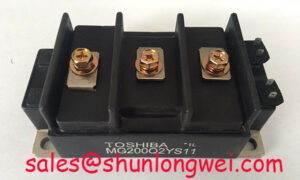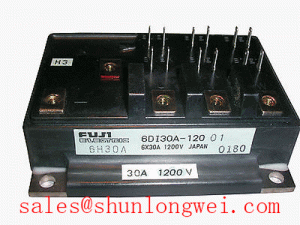Various insole materials were used in attenuation of heel-strike impact. This study presented a compression test to investigate the deformation characteristics of common heel cushions. There were two materials (thermoplastic elastomer “TPE” and silicone) with three hardness and six thickness being analyzed. They underwent consecutive loading-unloading cycles with a load control mode. The displacement of material thickness was recorded during cyclic compression being applied and released from 0 to 1050 N. The energy input, return and dissipation were evaluated based on the load deformation curves when new and after repeated compression. The TPE recovered more deformed energy and thickness than the silicone after the first loading cycle. The silicone would preserve more strain energy with increasing its hardness for the elastic recovery in the unloading process. The deformed energy was decreased as the original thickness did not completely recover under cyclic tests. The reduction in hysteresis area was gradually converged within 20 cycles. The silicone attenuated more impact energy in the initial cycles, but its energy dissipation was reduced after repeated loading. To increase hardness or thickness should be considered to improve resilience or accommodate persistent compression without flattening. The careful selection of cushion materials is imperative to meet individual functional demands.
Ideastep Insole Factory offer orthotics insole, provide OEM & ODM Orthotics.
Your Sole Insole Shop provide Orthotics for Flat Feet, High arch, Plantar Fasciitis, Heel Pain…
Link:effects of varying material properties on the load deformation characteristics of heel cushions
REF: Hearing amplifier, BTE Hearing Aids, Digital Hearing AidsThe article comes from the Internet. If there is any infringement, please contact [email protected] to delete it.




